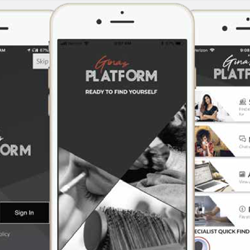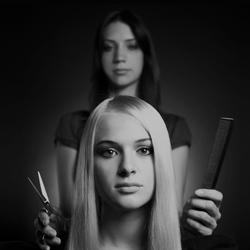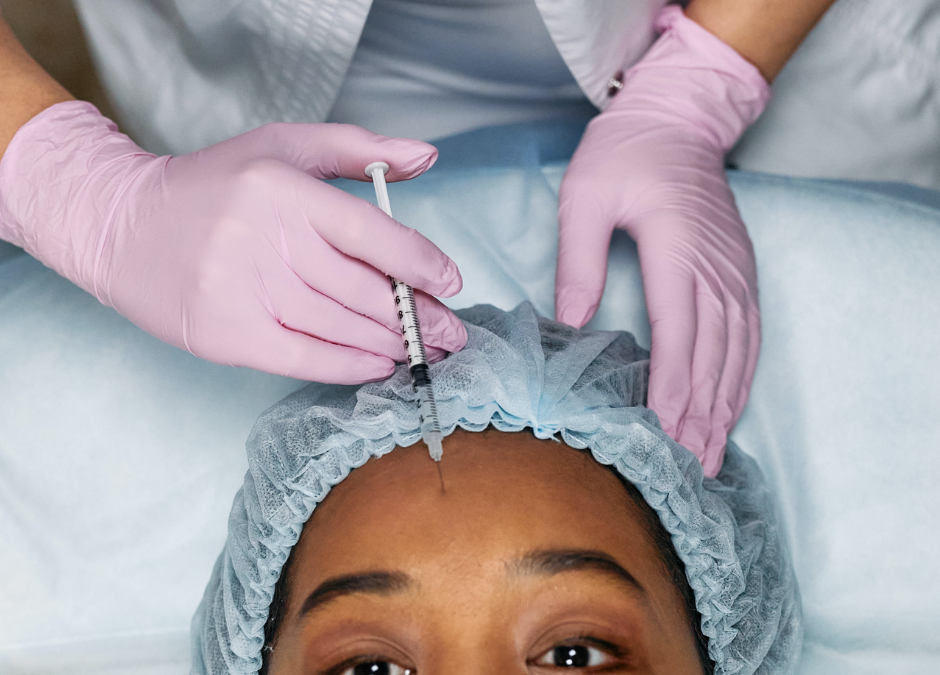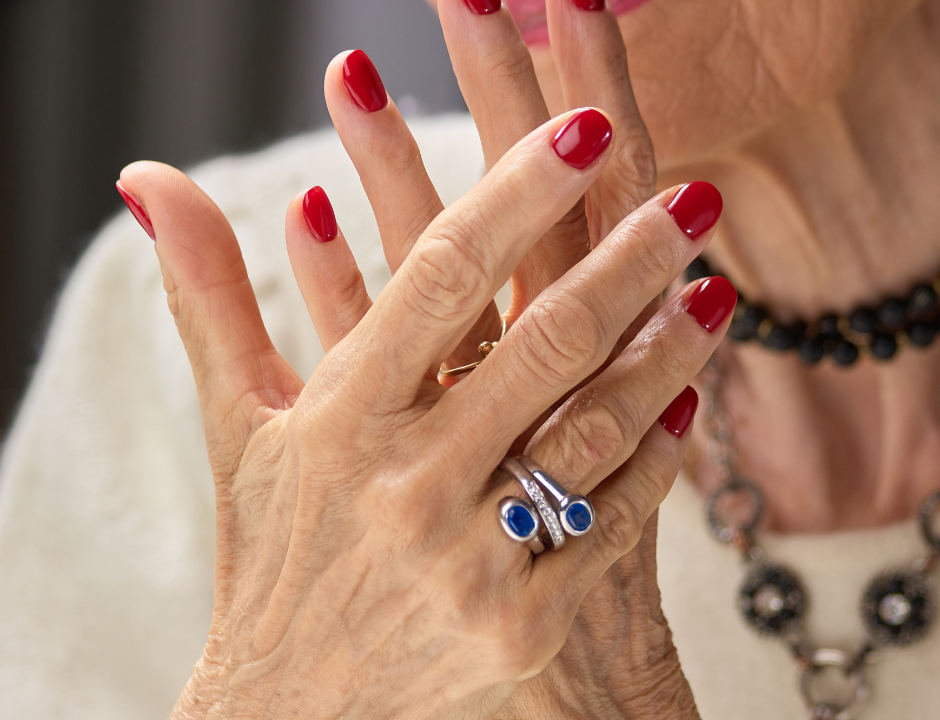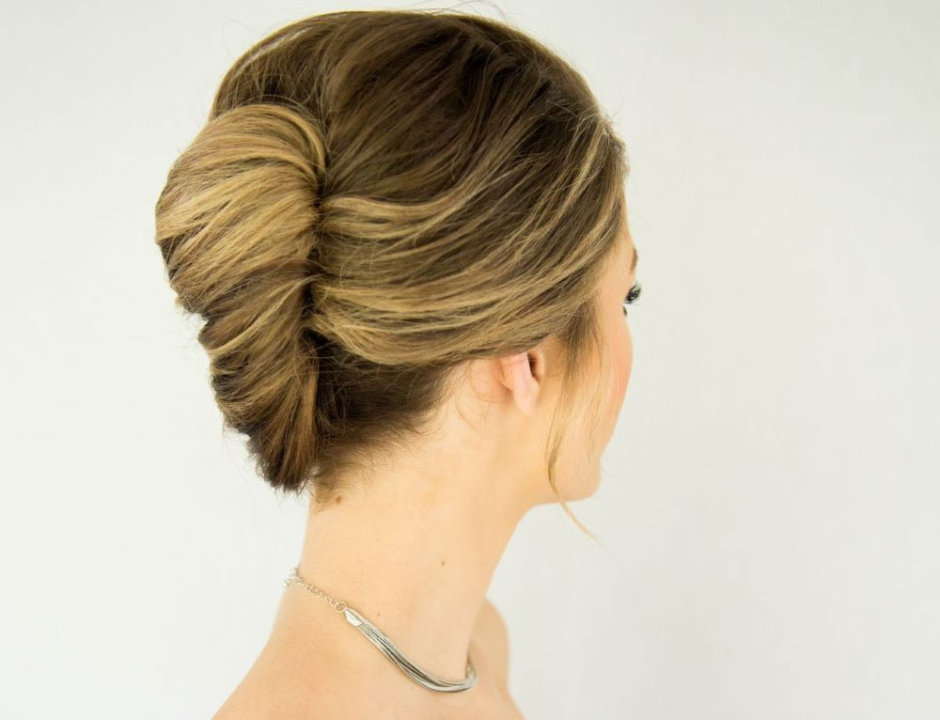IT’S A THREADING THING

SUSTAINABILITY
09/15/2023
The Chopped Bob
09/15/2023By now, we have all heard about the procedure that has facelift-like results at a fraction of the cost without extended downtime. The thread lift is undoubtedly one of the hottest procedures trending in beauty right now. Though thread lifts have been around since 1990, their current surge in popularity is evident.
The thread lift works by inserting a medical-grade thread into the face and then pulling the skin up by tightening the thread. Candidates 30-50 years of age are prime clients for this procedure, starting at $2,000. Most candidates also qualify quite easily since threading is minimally invasive compared to a full facelift.
Botox or Juvederm are often used in conjunction with threading to obtain better and longer-lasting results. Almost all areas of the face are eligible for this service, including jowls, forehead, cheeks, under eyes, and eyebrows. During the procedure, the surgeon will place a dissolvable suture with tiny, unnoticeable barbs along various lines of the face depending on the final goal. The barbs are painless but help to keep the thread in place. Once in place, the surgeon will tighten the thread, pulling and lifting the skin up. The body then detects the sutures and fills the gaps with collagen. Results have been shown to last from one to three years for most candidates.
The procedure itself typically ranges from 40 minutes to an hour. During that time, the patient will be prepped, then reclined, and a needle will be used to feed the thread through the skin. Patients typically report feeling light pressure during that time. Once the line is in place, it’s tightened, the needle removed, and the procedure is over. Unlike traditional facelifts, most clients may return to work or go home immediately following threading.
Some patients experience minimal swelling, bruising, bleeding, and slight pain where the injection occurred. Complications include dimpling of the skin that can be easily corrected, an allergic reaction to the thread material, and slight movement of the thread, which can result in a bumpy look. Approximately 15% of patients experience at least one complication. There is also the possibility of infection that exists with any surgical procedure.
After threading, patients will be advised to sleep on their backs for some time to avoid putting pressure on the face. They will also be discouraged from using regular moisturizers and rubbing their face. These directives are to avoid misplacing sutures to obtain the best possible results.
Finding a Board-Certified Plastic Surgeon is the best option for selecting this treatment. Most surgeons will provide instructions for items you should and shouldn’t do as you approach the surgery. Always disclose your entire medical history and any allergies you may have at the consultation.



